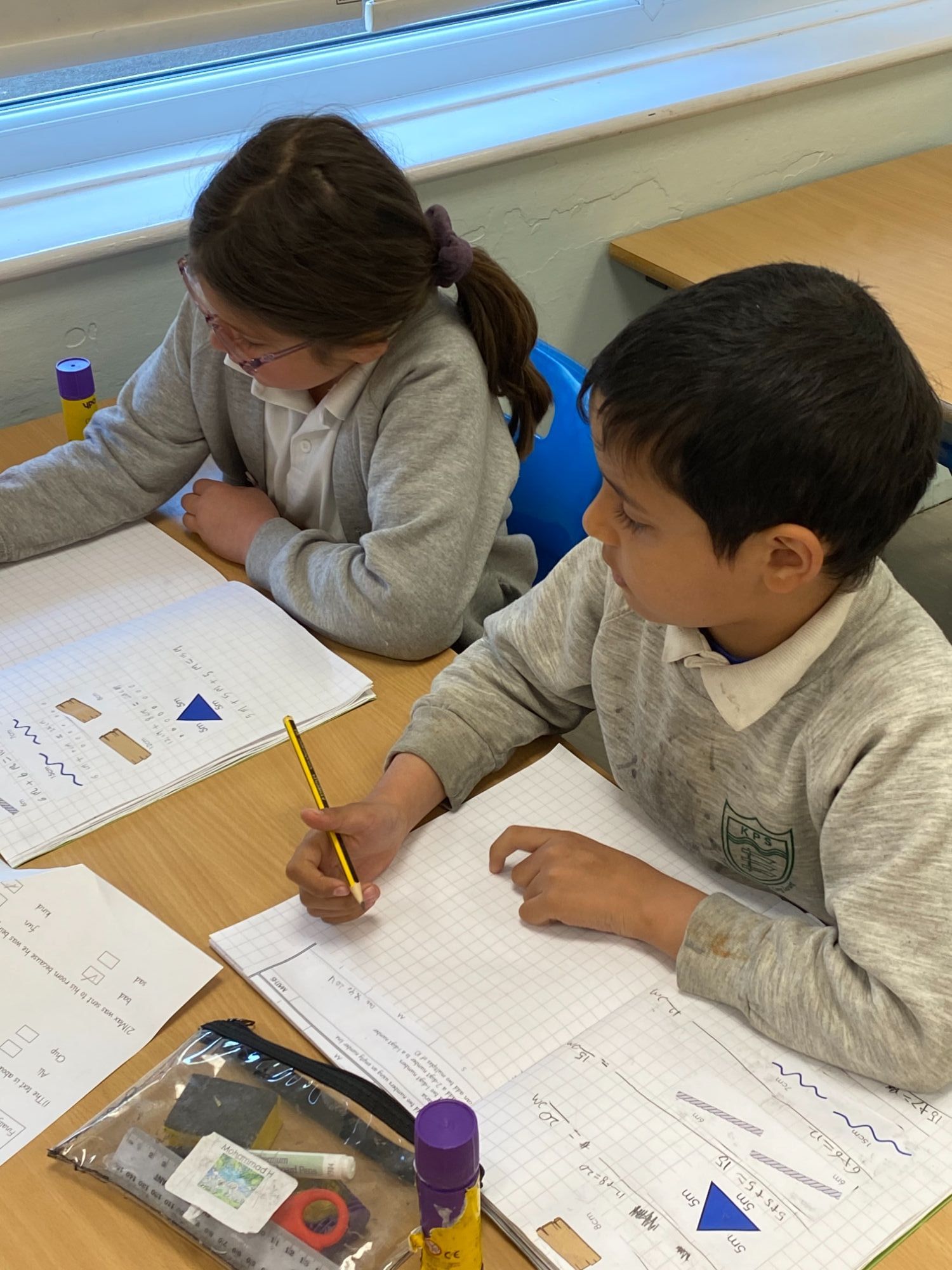Pupil premium

What is Pupil Premium?
Introduced in 2011, the pupil premium is a sum of money given to schools each year by the Government to improve the attainment of disadvantaged children.
This is based on research showing that children from low income families perform less well at school than their peers. Often, children who are entitled to pupil premium face challenges such as poor language and communication skills, lack of confidence and issues with attendance and punctuality. The pupil premium is intended to directly benefit the children who are eligible, helping to narrow the gap between them and their classmates.
Schools can choose how to spend their pupil premium money, as they are best placed to identify what would be of most benefit to the children who are eligible.
Common ways in which schools spend their pupil premium fund include -
- Extra one-to-one or small-group support for children within the classroom.
- Employing extra teaching assistants to work with classes.
- Running catch-up sessions for children who need extra help with phonics, maths or literacy or targeted intervention groups.
- Providing extra provision for able children.
- Subsidising music tuition fees for children whose families would be unable to pay the full cost for them.
- Subsidising educational trips and visits.
- Paying for additional help such as speech and language therapy, play or family therapy.
- Running English language intervention groups for children who speak another language at home.
- Facilitating the 20 day reading challenge
For more information on the strategy behind Pupil Premium Funding at Kenmore Park Infant & Nursery School please click the link below to read our strategy.
Please find below our most recent Pupil Premium Statement. Although the funding is allocated on a financial year basis, the spend is showing per academic year. Therefore, the fund allocation and spend will not show as a direct match.
